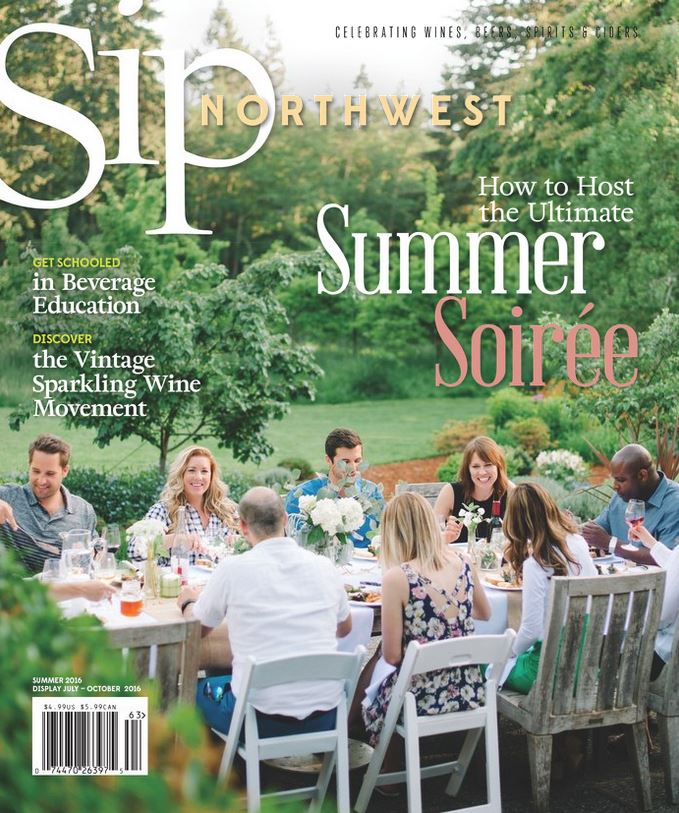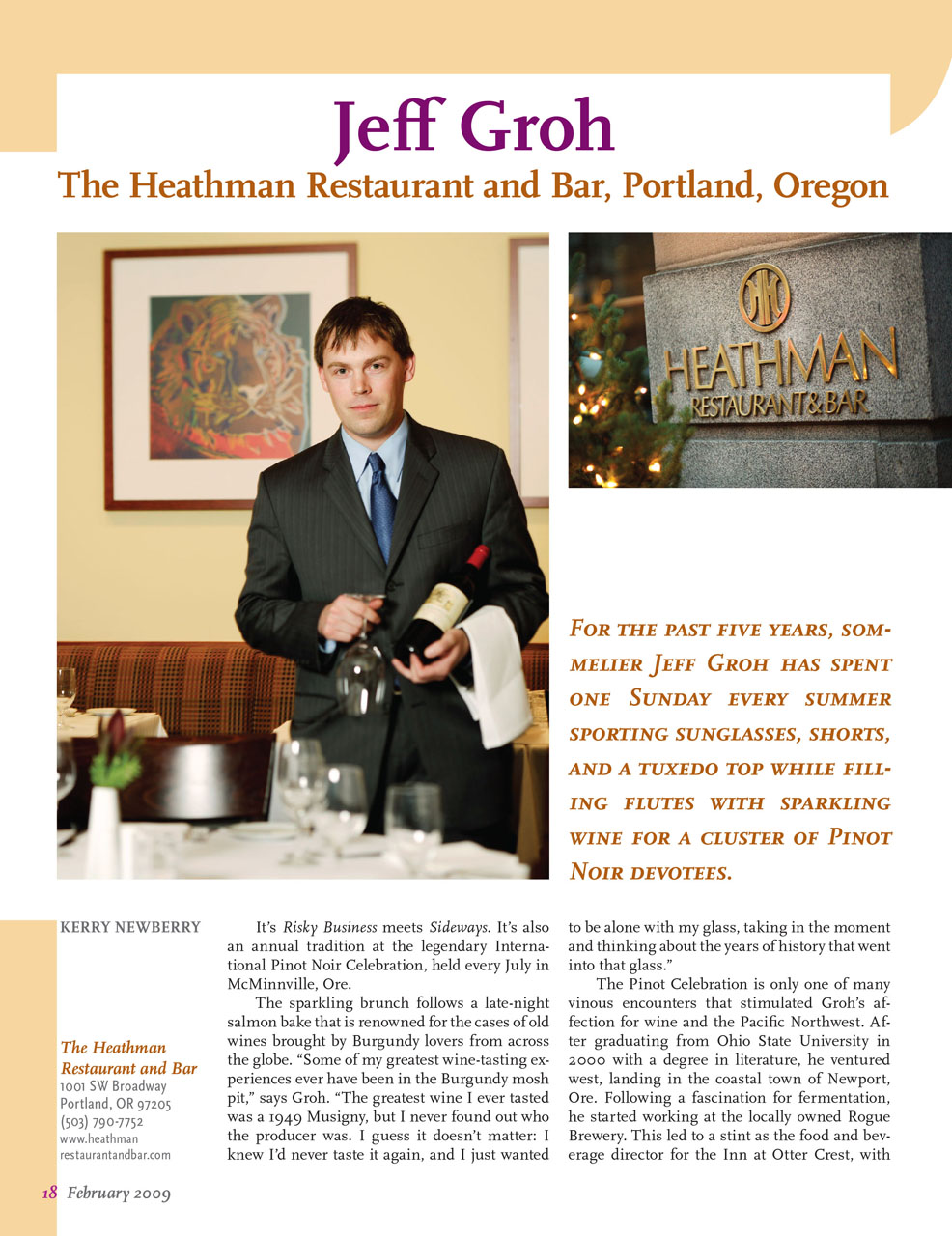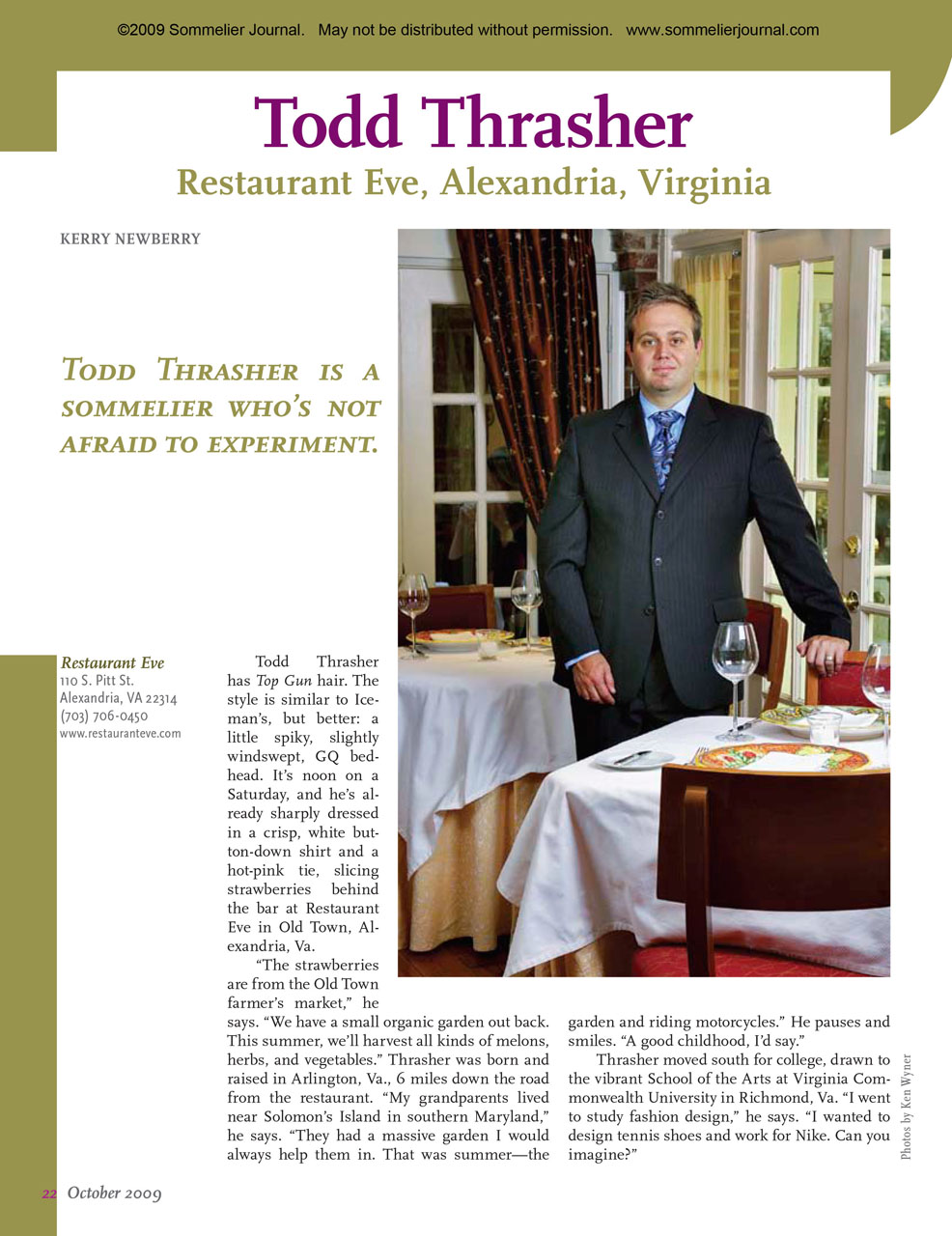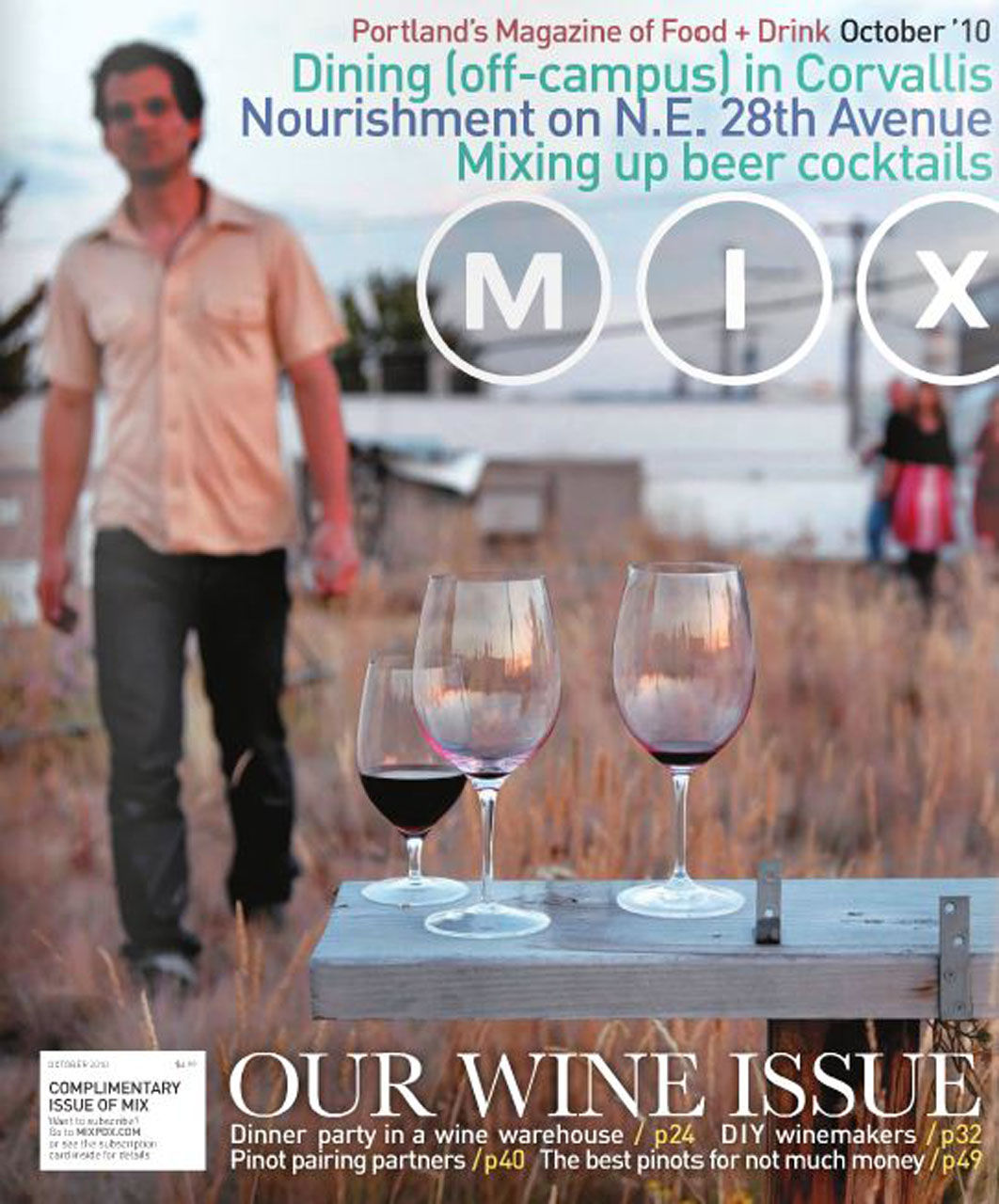Buried Treasure: Kerry Newberry forages in the wilds of Oregon for earthy delights
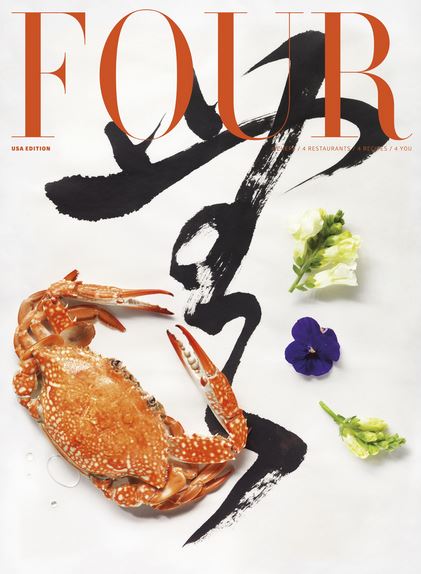
At the peak of winter, when the sky is oyster grey and rain cascades down evergreen trees, you can find chef Sunny Jin foraging through misty forests in Oregon’s Willamette Valley. Unlike other wild edibles that sprout and bloom in plain sight, he’s on the hunt for buried treasure. What he’s seeking: the holy grail of ingredients—also known as truffles.
Of all the world’s culinary delicacies, truffles cast the most amorous spell, captivating the senses with lusty aromas and mystical lore. Since ancient times, the revered mushroom has enchanted poets, philosophers, cooks. Jean Anthelme Brillat-Savarin wrote of the truffle: “It can, in certain situations, make women tenderer and men more agreeable.” Aristotle deemed truffles aphrodisiacal. And Plutarch fancied their creation from bolts of lightning striking the earth.
“We hold truffles in such a high regard. There’s this mystique, this prestige that comes with being able to serve the truffle,” says Jin, executive chef of JORY restaurant at the Allison Inn & Spa in Newberg, Ore. Although the most storied truffles hail from Europe, think the black truffles of Périgord and white truffles of Alba—the Oregon black truffle (Leucangium carthusianum) is a rising star.
“Périgord truffles were my introduction to truffles and that was always the benchmark,” says Jin. Then he tasted his first Oregon black truffle. “The flavors were more pronounced, the textures carried longer,” he says. Chef Greg Higgins of the eponymous restaurant in Portland describes the Oregon black truffle as “a mix of exotic tropical fruit character, port wine, hints of chocolate.”.
For many chefs, the Oregon black truffle is the most coveted of four culinary truffle species indigenous to North America. Others include the spring white, winter white and the very elusive brown truffle. Truffles are a form of mushroom that develop in a symbiotic relationship with trees, and in Oregon, grow around the shallow roots of young Douglas firs.
“Imagine the size of a tree you can just get your arms around,” says Higgins. The actual truffles range from the scope of a half-dollar to a small lime. The gamy fungi burrow in low-elevation woodlands across the Pacific Northwest from Northern California to British Columbia. Oregon truffles, in particular, thrive in semi-cultivated environments, such as bygone Christmas tree farms.
Part of the mystique of these underground mushrooms is their elusive nature. The truffle has neither a stem nor cap, and grows two to four inches deep, so is not visible to the naked eye. It was only a few years ago that Jin discovered the prevalence of Oregon truffles in the Willamette Valley, just outside his restaurant kitchen. He was meeting with local mycologist, Charles Lefevre, when the mushroom expert peered out the window of JORY restaurant, pointed to a grove of Douglas fir and declared: “I can guarantee you truffles grow right there!”
At a mushroom symposium in 1977, James Beard proclaimed Oregon truffles (the winter whites) on par with their Piedmont counterparts. Still yet, the Oregon truffle has had a slow rise to fame. Lefevre works interminably to change that. He is the president and founder of the New World Truffieres, a company specializing in truffle cultivation and the co-founder of the Oregon Truffle Festival, a weekend celebration of Oregon truffles held each year in February.
“We know that we have world-class native truffles in Oregon,” says Lefevre. “When we’ve done blind taste tests, the Oregon truffles nearly always outperform the European species, even when we screen-out anyone who knows the difference and might have established biases,” he adds.
The scientist, who has a Ph.D. in forest mycology and a deep fervor for Oregon truffles, remembers presenting at conferences and interviewing harvesters and buyers and chefs locally about the native Oregon truffles. “Early on, there was a kind of a consensus that they didn’t compare with the European species,” he says. “They were just an inexpensive substitute.” For reference, a restaurant might pay $650/lb for Oregon black truffles versus $900 to $1000/lb. for French Périgords.
The discrepancy, counters Lefevre, is not in the quality of the truffle in Oregon, but the habitual harvesting of immature, unripe truffles. Truffles behave like fruit, he explains. The mushrooms need to ripen before they are worth eating, before they release their intoxicating aroma. “So, in that sense they are completely different from a chanterelle or porcini, which are good when young and immature and firm,” he says.
As the truffle matures, it exudes a melodious odor—attracting squirrels, voles and other forest mammals, which then dig up and eat the truffles, dispersing their spores. Oregon truffles begin to “fruit” in the summertime, grow to full size by October, but don’t ripen until winter. Harvesting, or hunting, usually happens from late December through March.
The prevalent challenge today is ensuring foragers know how and when to properly harvest ripe truffles. “An unripe truffle has no culinary value,” says Lefevre. In Europe, old-world truffle hunts feature whimsical pigs sniffing out the pungent treasures. The predominant practice in Oregon is less illustrious. Mushroom hunters scan the base of fir trees with the gaze of a hawk, searching for animal activity—holes and pockets in the soil, then lightly scrape the lush duff with a three-prong garden rake.
One camp of experts argue that raking results in unripe truffles, and overzealous raking can undeniably disturb tree roots, truffle mycelium and the local environment. The key is proper training, an ethos of stewardship and, perhaps a well-trained nose. This is one reason why Lefevre is a passionate advocate for truffle dogs. “A dog does not so much just find the truffle, as choose which truffle to harvest,” he explains. “Dogs don’t find unripe truffles,” he adds, “whereas rakes are indiscriminate.”
And a dog is much easier to control and train than a 300-pound truffle pig.
In Oregon, the current business of truffles is an unfurling frontier. “There are a lot of clandestine aspects to the truffle world,” says Higgins, who has been cooking with Oregon truffles since 1986. Many of the forests are on private land, which means some flippant foragers hop fences in pursuit of the perfect truffle. Long-standing harvesters forge relationships with landowners, and local chefs, and often return to the same area year after year.
An avid wild food gatherer and outdoorsman, Higgins likes to rely on local commercial foragers to procure truffles for his restaurant. Although the ingredient evokes romance, he finds the winter truffle hunt requires a certain moxie. “You pile on your rain gear and get on your hands and knees grubbing in the dirt,” says Higgins. “It’s usually December, and it’s cold and it’s wet.”
Back in the kitchen though, a sliver of truffles incites any dish. “One way I like to capture the flavor is to mix black and white truffles into some olive oil, seal the pot tight, and then warm it on the back of the stove with indirect heat slowly for several hours,” says Higgins. This creates a truffle confiture, an olive oil infused with truffles that the chef then uses to render into a dish.
Higgins uses ripe truffles immediately, shaving thin specks over pasta or, say, a petrale sole with vin blanc sauce. “There’s brightness to them when they are fresh,” he says. Because both the Oregon white and black truffles have delicate aromas, the chef prefers to pair them with fish versus meat dishes. “Sometimes we’ll add truffles to a fish en papillote,” he adds, “so the aromas are captured in the parchment.”
Sweet or savory, truffles elevate any course. One year, Higgins made tartufo with truffles. “We had this hard shell of bitter sweet black chocolate, and when you cracked it open, inside was this homemade white truffle ice cream,” he says.
At JORY, Jin likes to use truffles to showcase a common product. “We take a chicken and truffle it from the inside out, then braise it very slowly and serve it tableside,” he says. “It’s looking at our everyday dishes and deciding how to heighten them,” he says. “Or heighten the overall dining experience.”
Another frequent dish, and also the chef’s favorite use for truffles at home, is to shave freshly foraged truffles over risotto. “That definitely puts me in my happy place,” he says. For home cooks fortuitous enough to uncover a truffle, Jin shares one tip: Keep it simple.
“There’s not need to embellish, no need to source ten other expensive ingredients,” he says. Imagine shaving truffles on a grilled cheese, he proposes. “The fresh raw truffles and the natural heat from the grilling, the scent surrounding you with each bite.” Or try shaving truffles over something as simple as scrambled eggs, or mac and cheese with hand-rolled pasta. “It’s amazing what truffles can do for everyday food,” says Jin.
Jin’s advice is reminiscent of the marvelous pairing of champagne with comfort food. It’s where splendor meets simplicity, and the taste is always sublime.
FOUR Magazine USA Edition | November 2015
